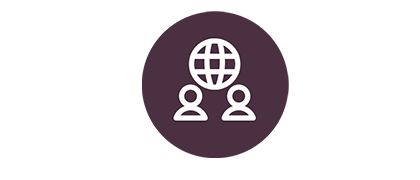
Resources & News for Healthcare Professionals
Browse our resources to support your work in patient safety.
Not finding what you need? We’re here to help.


Oregon Wellness Program
The Oregon Wellness Program (OWP) promotes Oregon Healthcare Professionals’ well-being through education, coordinated regional counseling services, telemedicine services and research.





System-Focused Event Investigation and Analysis Guide
System-Focused Event Investigation and Analysis Guide, AHRQ Communication and Optimal Resolution (CANDOR) Toolkit: The "Solutions Meeting" section of this guide (and Appendix F) offer a walk-through on how to run an action planning meeting. It includes brainstorming, evaluating solutions for effectiveness and sustainability, measurement, and a description of the expected outputs.



Design Better, More Effective Quality Improvement Surveys by Avoiding These Errors
Quality improvement (QI) projects often use surveys to gather data, but expertise in survey design isn’t always available to every project team. A recent study(1) illustrates the unpredictable quality of locally developed surveys for QI, showing that development of surveys requires special expertise in addition to careful consideration and time.


Use of Skin Color Evaluation in Assessments Can Increase Disparities in Care
Clinical assessments play a vital role in providing the information healthcare professionals need to better care for patients. And while clinical assessments include such important data as function, behavior, and personal history, many of these tools also include an evaluation of skin color.

New Patient Safety Podcast: "More Hospitals Move to Confront Medical Errors Head On"
In this episode of the Tradeoffs podcast, we hear from Dr. Jeff Goldenberg and Naomi Kirtner, who lost a child to medical error.







Upcoming Events



